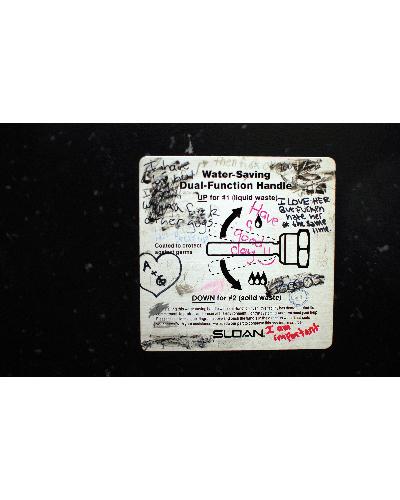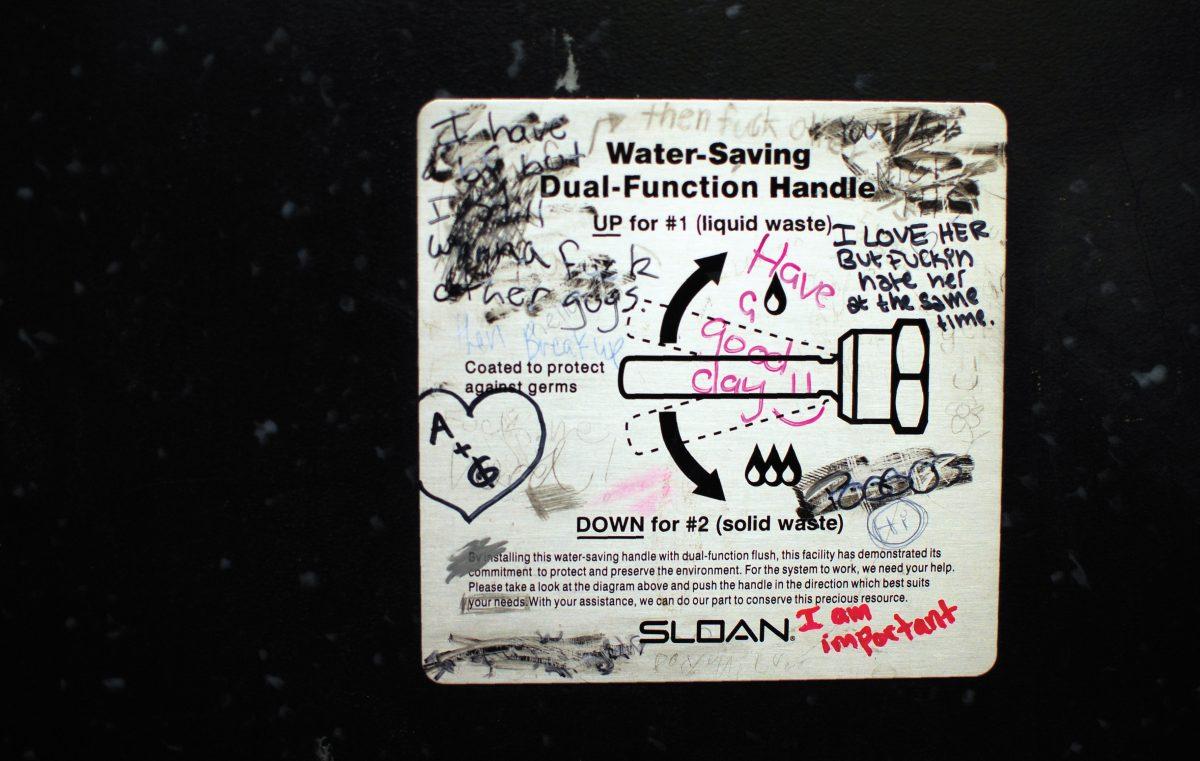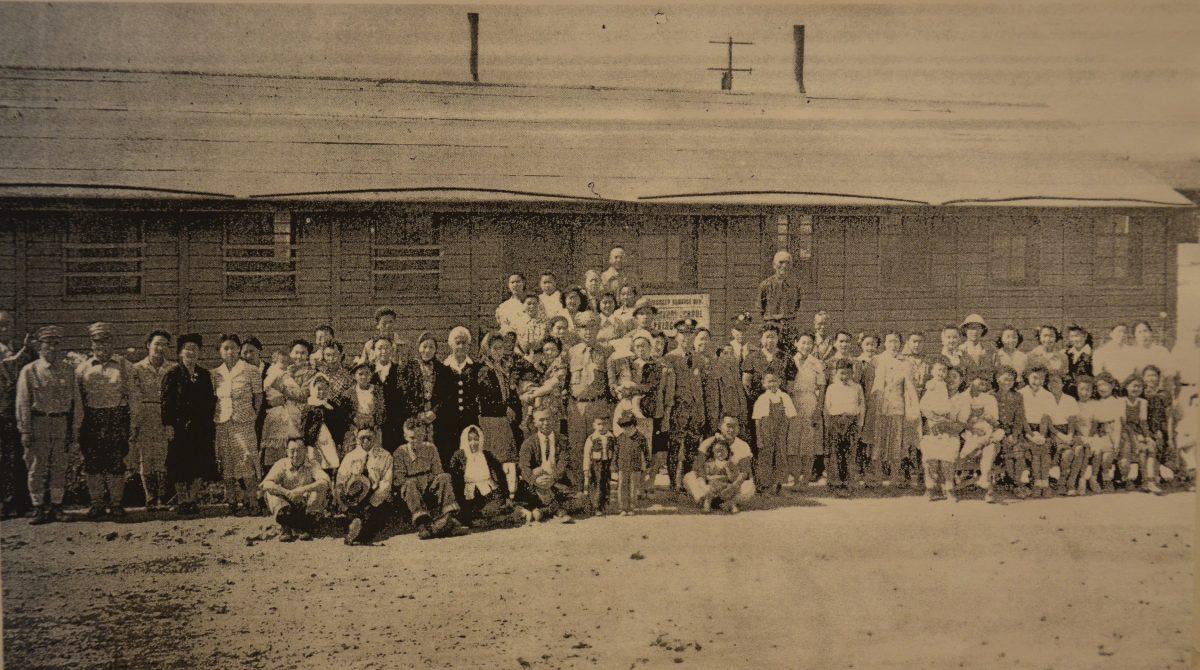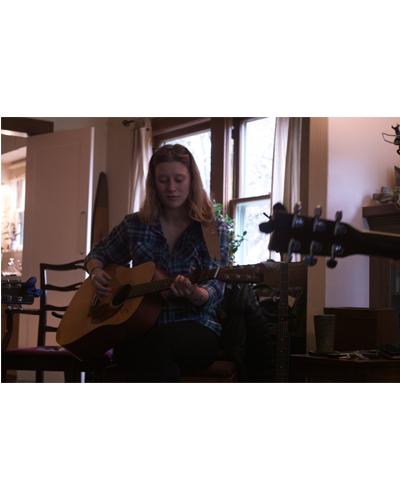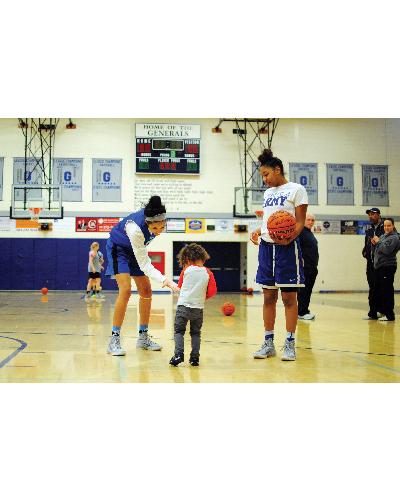When a 2-year-old writes with crayon on a wall, there’s generally no ulterior motive and it isn’t yet considered to be graffiti. But at a certain age, things change.
High school bathrooms are notorious for serving as the personal notepad for students’ impromptu feelings. Grant isn’t any different than other high schools when it comes to inadvertent forms of self-expression.
We see desks that bear penciled messages. Lockers are often inscribed with words from their previous owners, sometimes dating back years. But the most widely known message boards in most schools, and especially at Grant, are the bathrooms.
Boys’ stalls are usually adorned with less-than-charming drawings of genitalia and curse words.
But when it comes to the girl’s bathrooms, Grant appears to break the tradition.
“This is the only school where I’ve seen anything positive,” says night custodian Taylor Aspelund, who has worked at Beverly Cleary-Fernwood school and Lincoln and Benson high schools.
Experts who study adolescents say high schoolers probably find the tradition of writing on restroom stalls as a way to voice harmless thoughts and opinions that might not fit into the regular classroom.
Simple messages range from “Have a good day!” and “You are loved!” sketched in pink marker to the iconic slogan “NO JUSTICE, NO PEACE,” penciled out in memory of unarmed blacks killed at the hands of police. There are also confessions of love, sexuality and depression.
Ellen Skinner, the chair of Portland State University’s psychology department, says there’s something more unique about bathroom scrawls. “There’s something about the restroom that’s both public and private,” she says. “There are some things that you want to express, but don’t want to own.”
She considers the practice to be something normal for high school students, but adds that sometimes the communication can be meaningful. “If people are talking about things that matter, you should encourage it,” she says.
But as is the case with most high school administrators, graffiti isn’t necessarily encouraged.
Grant Principal Carol Campbell says erasing what’s written in the stalls isn’t always a priority, but her administration’s first reaction is to “make sure it gets cleaned up as soon as possible. It’s unfortunate because it creates more work for people,” she says.
Despite this policy, Campbell agrees with the idea that some graffiti may be a form of communication for some in order to reach out to others. “It may be the way that someone gets the help they need,” she says. ◊





























